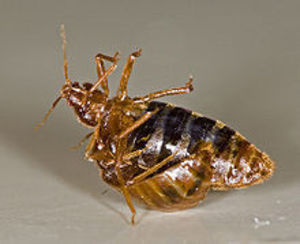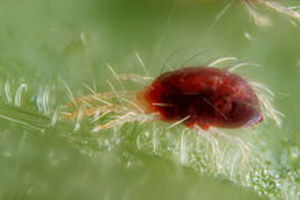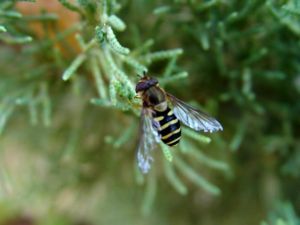Pollution and San Francisco Bay
The cities around San Francisco Bay in Northern California face a unique problem. While pollution anywhere is detrimental to the environment, the San Francisco Bay is extremely sensitive to a variety of pollutants. A good, and measurable, example of a type of pollutant that most people don’t consider is sediment. What exactly is sediment? Well, ...


